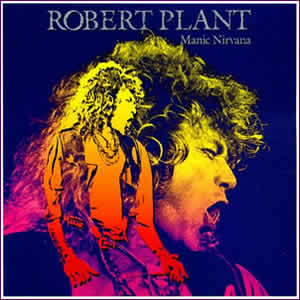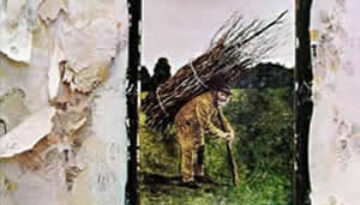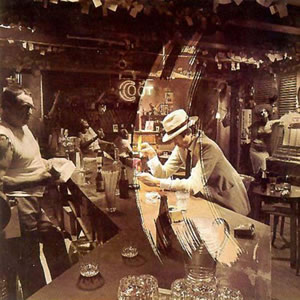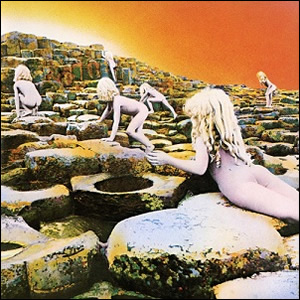Manic Nirvana by Robert Plant
Buy Manic Nirvana If Led Zeppelin had attempted to make a pop-oriented album, it may have sounded like Manic Nirvana. This 1990 release by Robert Plant fuses some of the pop and dance-oriented […]

Buy Manic Nirvana If Led Zeppelin had attempted to make a pop-oriented album, it may have sounded like Manic Nirvana. This 1990 release by Robert Plant fuses some of the pop and dance-oriented […]

Buy Led Zeppelin IV Led Zeppelin‘s fourth studio album, which has no proper title but is commonly referred to as Led Zeppelin IV, may well be the pinnacle of the band’s early sound. […]

Buy In Through the Out Door Through most critics eyes, the years have not been kind to, In Through the Out Door, the final studio album by Led Zeppelin and only one released […]

Buy Houses of the Holy Led Zeppelin took stock of their phenomenal fame with Houses of the Holy, with deep contributions from each member of the rock quartet. This fifth album was released […]

Buy Coda Coda is a unique album for us to review. Although it is listed officially as the ninth and final studio album by Led Zeppelin, it could just as well be listed […]